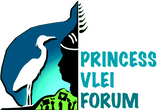|
“We are learning about the Khoi in history, and actually we are learning about all of us, hey?” This was said by a Floreat Primary learner after taking part in creating the Garden of Healing at Princess Vlei on June 08 2018. The garden was planted with indigenous Dune Strandveld plants with a particular emphasis on those which have a medicinal or spiritual significance for the Khoi people and other South African groups. Ninety children from Levana Primary, Harmony Primary, Floreat Primary, John Graham Primary and Lotus High came to do the planting. This is part of the Princess Vlei Forum’s program to rehabilitate and beautify the vlei, and to use it as a space to enable children to experience nature and learn about their natural and cultural heritage. The garden is traversed by a by a path in the shape of a Fibonacci spiral to sympbolise eternal life, and to connect it to spiritualism and nature. As one of the oldest known symbols, spirals and have been used since ancient times. The first people in South Africa drew spirals on the walls of caves and carved them into rock. The Fibonacci spiral occurs frequently in nature, and is also the shape of our Galaxy. The children began the afternoon by exploring the vlei to find and record other examples of Fibonacci spirals and other patterns in the flora and fauna at the vlei. They were very excited to discover a leopard toad – one of the many that have been repopulating the vlei thanks to our restoration efforts. Members of the House of Xoraxoukhoe came in full regalia to bless the garden. Bi’a Bradley Van Sitters, and spoke to the children about our Khoi heritage, and taught them songs and prayers in the Nama language. He explained that this tribal group, the Xoraxoukhoe, lived throughout this area. “When Van riebeeck came, the Khoi Khoi people were here, and here are the khoi Khoi still. We are the descendants, the children of the Khoisan - anyone who stays here. We are not coloured, we are the Khoi.’ He taught the children the Nama name for the Cape Flats, which means 'where the clouds gather'. The leader of the Xoraxoukhoe tribe, Kai Bi’a Hendrick van Wyk, said it was important to know that many cultural practices of the Nguni people originated from the Khoi. He encouraged the children to feel proud of their Khoi heritage and identity. The group led the children down to the garden, accompanied by music played on a traditional bow by Bi’a Kingsley Saralina. At the garden, they burnt imphepho, conducted prayers and planted the first four plants of the garden, which were imphepho plants, in the centre of the spiral. Bi’a Bradley Van Sitters led a prayer, calling on the Creator to bless the plants and to help bring unity to our people. The children then planted the remaining plants. With each plant, they placed a stick with their name written on to show what they had planted. Three hundred and fifty-three plants were put in the ground. Afterwards, children from different schools thanked the Princess Vlei Forum for organizing the event. In the words of Dean Andrews from Harmony Primary, ‘We loved the activities here today. We are in the environmental club, and we love working with plants. We loved the planting today.’
The Forum would like to thank Kai Bi’a Hendrick van Wyk, Bi’a Bradley Van Sitters, Bi’a Gary Adriaanse, Bi’a Kingsley Saralina, and Adnaan Salie from the House of Xoraxoukhoe; Councillor Kevin Southgate for once again being willing to come along and get his hands into the soil - and all his support for Princess Vlei; the teachers who gave up their Friday afternoon; Princess Vlei Forum volunteers; Pick and Pay Grassy Park for donating hotdogs, and the Hans Hoheisen Charitable Trust, managed by Nedbank Private Wealth, for sponsoring our citizen conservation programme.
0 Comments
Your comment will be posted after it is approved.
Leave a Reply. |
Archives
May 2024
AuthorPosts by Bridget Pitt unless stated otherwise. Categories
All
|
|
Want to Get Involved?
|
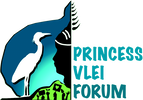
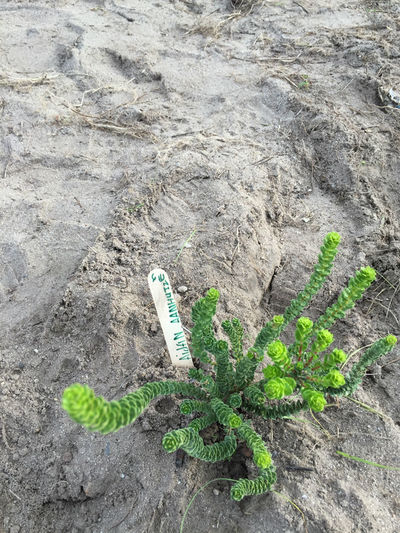
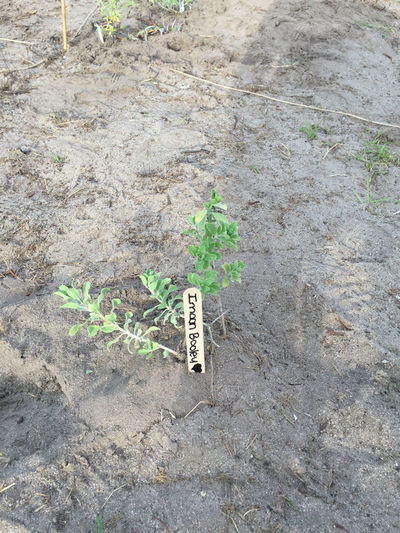
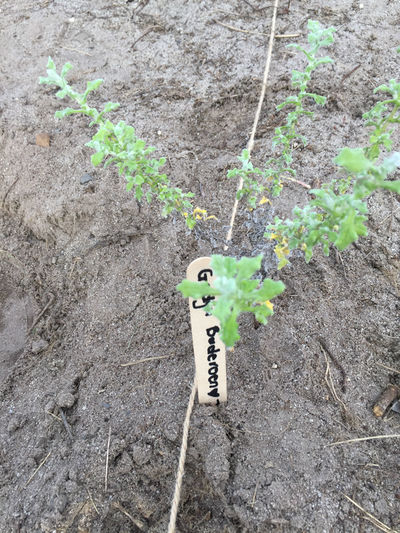
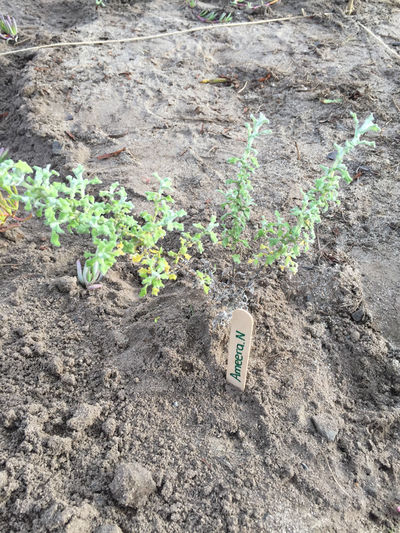
 RSS Feed
RSS Feed
